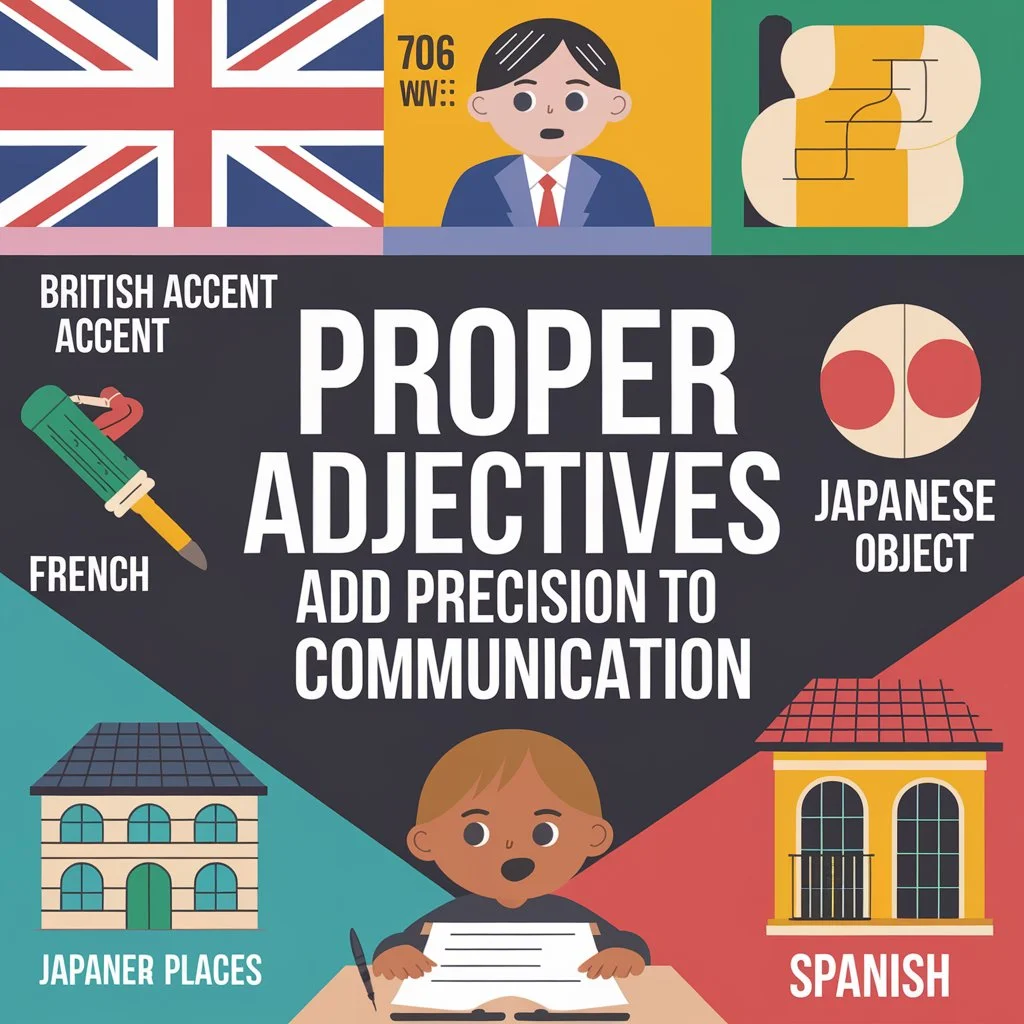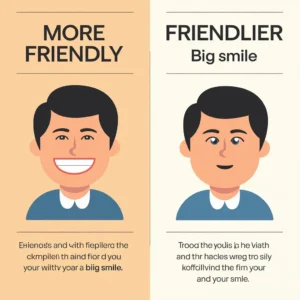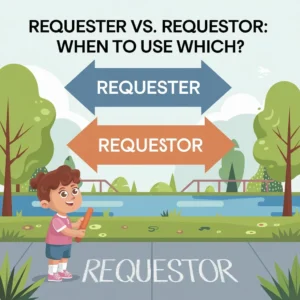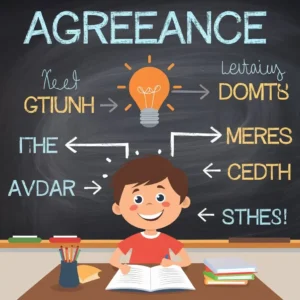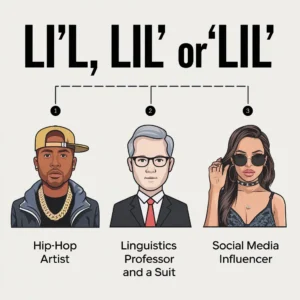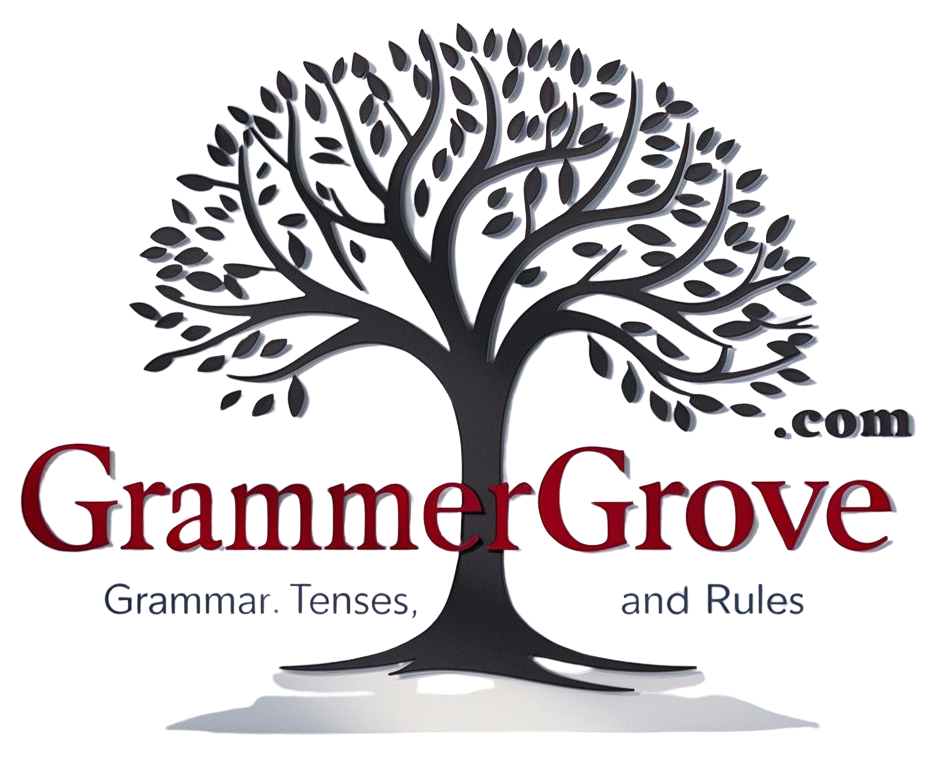Proper adjectives play a significant role in making the English language more specific, adding a touch of precision to communication. Derived from proper nouns, these adjectives help to provide more precise descriptions by indicating nationality, origin, or characteristics associated with a particular noun. Proper adjectives are always capitalized, which sets them apart from common adjectives.
Understanding how to use proper adjectives can enhance your communication skills, making your language more vivid and exact. Whether you’re describing a person, place, or object, proper adjectives add a layer of specificity that enriches your expression.
What Are Proper Adjectives?
Proper adjectives are adjectives derived from proper nouns, which are the names of specific people, places, or things. These adjectives provide more specific and precise descriptions, often indicating the nationality, origin, affiliation, or characteristics associated with the proper noun. Proper adjectives are typically capitalized to signal their special status and connection to a specific noun.
Examples:
- French cuisine (Proper adjective derived from the proper noun “France”)
- Spanish guitarist (Proper adjective derived from the proper noun “Spain”)
Examples of Proper Adjectives
Let’s explore examples of proper adjectives derived from various proper nouns:
- Indian
- Canadian
- French
- Russian
- Parisian
- Antarctic
- Japanese
- Spanish
- Egyptian
- Victorian
- Israeli
How to Form Proper Adjectives
Proper adjectives are formed from proper nouns, which are the names of specific people, places, or things. These adjectives are typically capitalized and can be created by adding specific suffixes to the proper nouns. Below are different methods to form proper adjectives along with examples.
Capitalization
One of the key rules for proper adjectives is capitalizing the first letter. This capitalization signals that you’re talking about something specific.
Examples:
- The Italian gelato was incredible.
- She bought a Mexican sombrero.
- We visited the Canadian Rockies.
- They love Greek mythology.
- He is a famous Brazilian soccer player.
- The Egyptian pyramids are a wonder.
- The Chinese New Year is fascinating.
- Australian kangaroos are unique.
- French cuisine is world-renowned.
- Japanese gardens are beautiful.
Suffixes
Proper adjectives can also be formed by adding specific suffixes to proper nouns. Here are some common suffixes:
-ian
The suffix -ian is often added to the end of proper nouns to form proper adjectives.
Examples:
- Canadian (from Canada)
- Australian (from Australia)
- Russian (from Russia)
- Indian (from India)
- Egyptian (from Egypt)
- Italian (from Italy)
- Brazilian (from Brazil)
- Hungarian (from Hungary)
- Peruvian (from Peru)
- Korean (from Korea)
-ese
The suffix -ese is another common way to form proper adjectives.
Examples:
- Japanese (from Japan)
- Chinese (from China)
- Taiwanese (from Taiwan)
- Vietnamese (from Vietnam)
- Portuguese (from Portugal)
- Lebanese (from Lebanon)
- Sudanese (from Sudan)
- Maltese (from Malta)
- Burmese (from Myanmar)
- Nepalese (from Nepal)
-ish
The suffix -ish is often used to form proper adjectives related to countries or nationalities.
Examples:
- Spanish (from Spain)
- Turkish (from Turkey)
- Swedish (from Sweden)
- Danish (from Denmark)
- British (from the United Kingdom)
- Irish (from Ireland)
- Polish (from Poland)
- Finnish (from Finland)
- Scottish (from Scotland)
- English (from England)
-ic
The suffix -ic is often used to describe something related to a field of study, geographic region, or historical period.
Examples:
- Antarctic (related to the South Pole)
- Geographic (related to geography)
- Scientific (related to science)
- Historic (related to history)
- Economic (related to economics)
- Nordic (related to northern Europe)
- Hellenic (related to Greece)
- Icelandic (related to Iceland)
- Celtic (related to the Celts)
- Galactic (related to a galaxy)
Using Proper Adjectives in Sentences
Now, let’s see how to use proper adjectives effectively in real-life situations.
Describing People
Proper adjectives are handy when you want to specify a person’s nationality, ethnicity, or origin.
- She’s a dedicated Italian chef who specializes in pasta dishes.
- Maria is a talented Indian guitarist.
- Picasso’s Spanish art has left an indelible mark on the world of painting.
- He’s an accomplished French sommelier.
- The Japanese architect designed the building.
- They hired a skilled Brazilian soccer coach.
- The Russian ballet dancer performed beautifully.
- She met a charming Australian surfer.
- The Egyptian engineer worked on the project.
- He admires British literature.
- The Chinese acrobat amazed the audience.
- She wore a traditional Korean hanbok.
- The German scientist won the Nobel Prize.
- The Mexican artist created a stunning mural.
- He is a renowned Scottish historian.
- The Swedish model walked the runway.
- The Turkish author wrote a best-selling novel.
- The Nigerian singer has a beautiful voice.
- The Canadian actor starred in the movie.
- The Greek philosopher’s ideas are still studied today.
Notice how the proper adjectives specify the nationality or origin of each person, making the descriptions more precise and informative.
Describing Places
Proper adjectives help make your descriptions of places more vivid and specific.
- The Venetian canals are a marvel of engineering and beauty.
- The New York skyline is impressive at night.
- We had a picnic in a beautiful Japanese garden.
- The Eiffel Tower is an iconic French landmark.
- The Brazilian rainforest is teeming with wildlife.
- The Egyptian pyramids are a wonder of the ancient world.
- The Italian countryside is picturesque and serene.
- The Chinese Great Wall stretches over thousands of miles.
- The Swiss Alps are a popular destination for skiing.
- The Australian outback is vast and rugged.
- The Mexican beaches are perfect for sunbathing.
- The Greek islands are known for their beautiful scenery.
- The Canadian Rockies offer breathtaking views.
- The British Museum houses many historical artifacts.
- The Indian Taj Mahal is a symbol of love.
- The Russian Kremlin is a historic fortress.
- The Parisian cafes are charming and quaint.
- The Moroccan markets are vibrant and bustling.
- The Icelandic glaciers are a sight to behold.
- The Turkish baths are a relaxing experience.
Using proper adjectives in these examples helps to make each place stand out by highlighting its unique characteristics and cultural significance.
Describing Things
Proper adjectives can add depth to your descriptions of objects, making them more specific and interesting.
- The Mona Lisa painting is renowned for its enigmatic smile.
- The Tesla electric car revolutionized the automotive industry.
- Her dress featured intricate Indian embroidery.
- This dress has a lovely Victorian design.
- He enjoys reading British literature.
- The French perfume has a delightful fragrance.
- The Japanese tea set is beautifully crafted.
- The Italian leather bag is very durable.
- They served Greek yogurt at breakfast.
- The Swiss watch is known for its precision.
- The Chinese vase is an antique.
- The German engineering in this machine is impressive.
- The Mexican cuisine at the restaurant was delicious.
- The Russian samovar is used for making tea.
- She bought a Brazilian hammock for her garden.
- The Egyptian cotton sheets are very soft.
- The Australian wine won several awards.
- The Moroccan lamp casts a beautiful light.
- The Indian spices add rich flavor to the dish.
- The Scottish tartan scarf is very warm.
By using proper adjectives, these descriptions become more vivid and informative, highlighting the unique qualities and origins of each object.
Notice how proper adjectives adapt to different contexts. In the first set of examples, they specify the nationality or origin of people. In the second set, they describe specific places, making our descriptions vivid and evocative. Finally, in the third set, proper adjectives add uniqueness to everyday objects, making them stand out in our descriptions.
FAQs
What are Proper Name Adjectives Examples?
Proper name adjectives, or proper adjectives, are derived from proper nouns. Here are some examples:
- French cuisine (from France)
- Shakespearean drama (from Shakespeare)
- Victorian architecture (from Queen Victoria)
- American culture (from America)
- Einsteinian theory (from Einstein)
- Mexican food (from Mexico)
- Chinese art (from China)
- Italian fashion (from Italy)
- Japanese tea ceremony (from Japan)
- Egyptian pyramids (from Egypt)
What is the Proper Definition of Adjectives?
Adjectives are words that describe or modify nouns or pronouns. They provide more information about an object’s size, shape, age, color, origin, or material. Essentially, adjectives give more detail about the nouns or pronouns they describe.
What is the Proper Adjective for America?
The proper adjective for America is American.
What are the Four Rules to Use Adjectives?
- Position: Adjectives usually come before the noun they describe (e.g., a beautiful day) but can also follow the verb when they describe the subject (e.g., the day is beautiful).
- Order: When using multiple adjectives, there is a conventional order: opinion, size, age, shape, color, origin, material, purpose (e.g., a lovely small old round red Italian leather handbag).
- Comparative and Superlative: Adjectives change form to show comparison. Add “-er” or “-est” to short adjectives (e.g., tall, taller, tallest), and use “more” or “most” for longer adjectives (e.g., beautiful, more beautiful, most beautiful).
- Agreement: Adjectives must agree with the nouns they modify in terms of singular or plural form (e.g., this book is interesting, these books are interesting).
How to Use Adjectives Correctly?
- Before the noun: Place the adjective before the noun (e.g., a blue car).
- After the verb: Place the adjective after a linking verb (e.g., The car is blue).
- Multiple adjectives: Follow the correct order when using more than one adjective (e.g., a big old round table).
- Comparatives and superlatives: Use the correct form to compare (e.g., This is a better option).
What is the Difference Between a Verb and an Adjective?
- Verb: A verb describes an action, occurrence, or state of being (e.g., run, is, seem).
- Adjective: An adjective describes or modifies a noun or pronoun, providing more information about it (e.g., tall, red, happy).
Why are Proper Adjectives Important?
Proper adjectives are important because they provide specific and precise descriptions. They indicate a direct connection to a specific noun, often adding cultural, historical, or geographical context that enriches communication and understanding.
Is Summer a Proper Adjective?
No, “summer” is not a proper adjective. It is a common noun that can be used as an adjective in phrases like “summer vacation” or “summer dress,” but it is not derived from a proper noun and is not capitalized.
What are the 3 Adjective Rules?
- Placement: Adjectives usually precede the noun (e.g., a red apple) or follow a linking verb (e.g., The apple is red).
- Order: When using multiple adjectives, follow the conventional order (e.g., a small old wooden chair).
- Comparison: Use the correct form to compare (e.g., happy, happier, happiest; interesting, more interesting, most interesting).
How to Identify Proper Adjectives?
Proper adjectives are typically derived from proper nouns and are always capitalized. They often refer to a specific person, place, or thing. For example, Italian (from Italy), Shakespearean (from Shakespeare), and American (from America). Look for capitalization and the connection to a specific proper noun to identify proper adjectives.
Final tips
Understanding and using proper adjectives is essential for enhancing your English language skills. These adjectives, derived from proper nouns, provide more specific and precise descriptions, adding depth and clarity to your communication. By recognizing the rules for forming and using proper adjectives, you can make your descriptions more vivid and informative.
Whether you’re describing people, places, or things, proper adjectives help you convey exact details and cultural nuances that enrich your language. Remember to capitalize proper adjectives to signal their special connection to a proper noun, ensuring your writing is both accurate and engaging.

I’m Clara Whitmore, the girl running the show at “Grammer Grove.” I’ve been playing with expressions and formats to make grammer a whole lot of fun. Over at Grammer grove, we’re here to make your English grammer incredible. Let’s add some professionalism and gratitude to yourwritting together!
